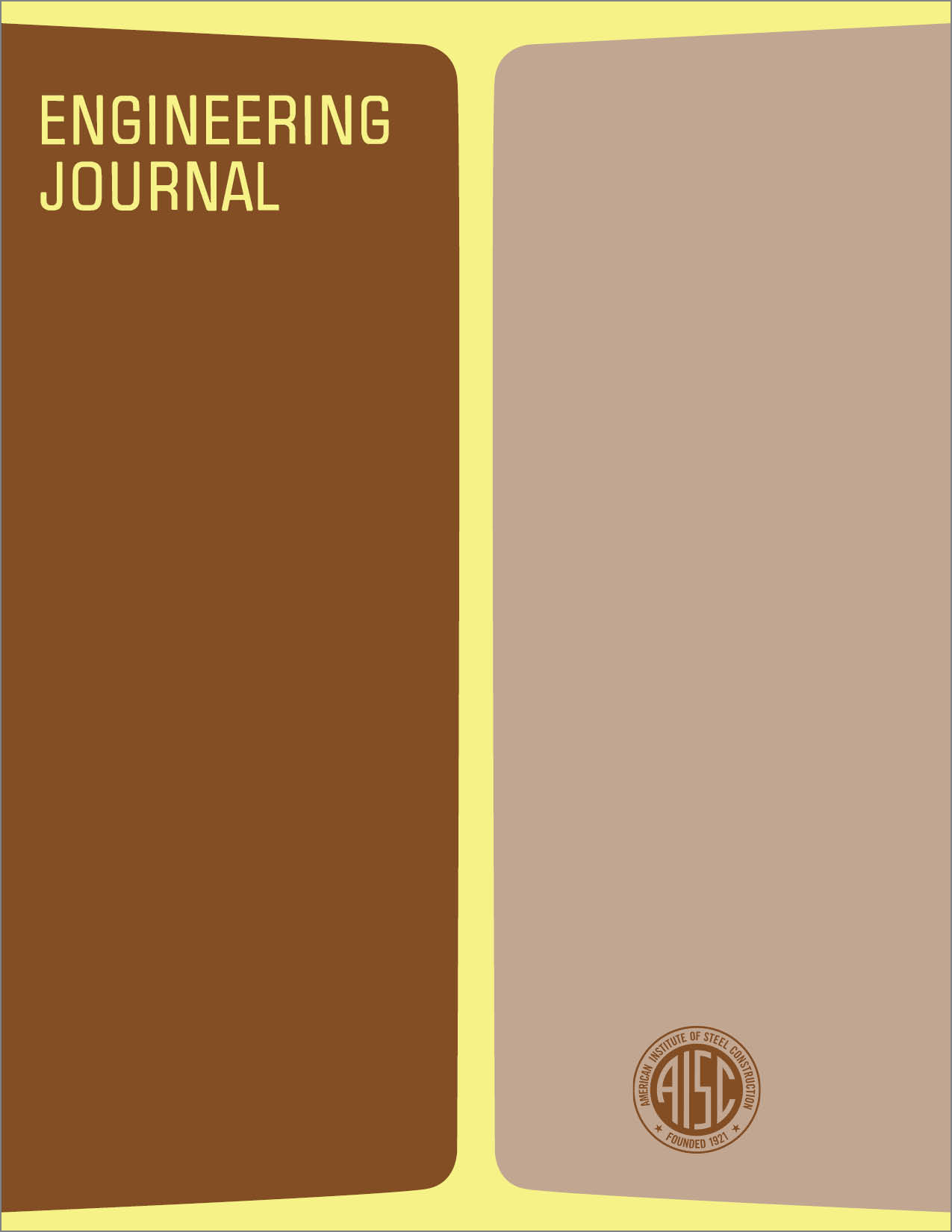Quality Control in Design and Supervision Can Eliminate Lamellar Tearing
DOI:
https://doi.org/10.62913/engj.v10i4.216Abstract
In the last few years, the design professions and the construction industry have experienced the occurrence of a pheomena called lamellar tearing in highly restrained joints within welded connections. Actually, the term "highly restrained" is relative; lamellar tearing can occur in connections which provide any degree of restraint to the connected members, but the restraint that is responsible for lamellar tearing is the localized restraint to contraction of individual welds. Lamellar tearing in steel is defined as a separation initiating in the parent or base material caused by thru-thickness strains induced by weld metal shrinkage. Due to the rolling process, plates and rolled members possess a lower ductility in the thru-thickness direction than parallel to the direction of rolling. This lower ductility, which is influenced by the presence of microscopic, non-metallic inclusions oriented in the direction of rolling, causes lamellar tearing when high thru-thickness strains are induced due to cooling and shrinkage of restrained welds. Recent design trends toward high strength steels, namely ASTM A572 and A588, and more sophisticated structural analyses which place higher demands on the material have increased the need toavoid occurrence of lamellar tearing. Furthermore, the increased use of welded connections for thick plate weldments and heavy jumbo member sizes also increases the frequency of occurrence of high joint restraint in connections.

